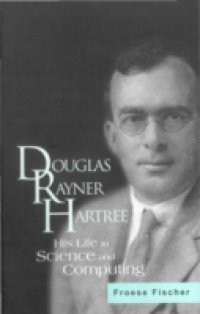This scientific biography of Douglas R Hartree not only describes important events in his life but also outlines his contributions to a number of fields. He is best known for his “self-consistent field” theory for atoms, a theory he later used for the much more difficult problem of predicting the behavior of a magnetron. When Fock pre-empted his work on exchange, he began research into radio-wave propagation. Hartree was very interested in the process of computation. When he learned of a differential analyzer for solving differential equations, he first built a model using Meccano, a toy for children. The success of this model spread the notion of using devices to solve scientific problems. Application of the analyzer led Hartree to control theory and fluid dynamics. In both these areas he made significant, original contributions. With his extensive computing background, he was selected as the first civilian to evaluate the possibility of applying the US ENIAC computer to nonmilitary problems. His research touched the lives of many scientists.Contents: The Hartree FamilyEarly Research at Cambridge UniversityAdvances in Atomic TheoryThe Differential AnalyzerControl Theory and Industrial ApplicationsLaminar Boundary Layer TheoryArrangements for WarDawn of the Computer EraSummers in North AmericaA Trip to AustraliaHis Legacyand other topicsReadership: Those interested in the history of science; scientists in quantum chemistry, atomic physics, computer development; astrophysicists, plasma physicists and control theorists.

